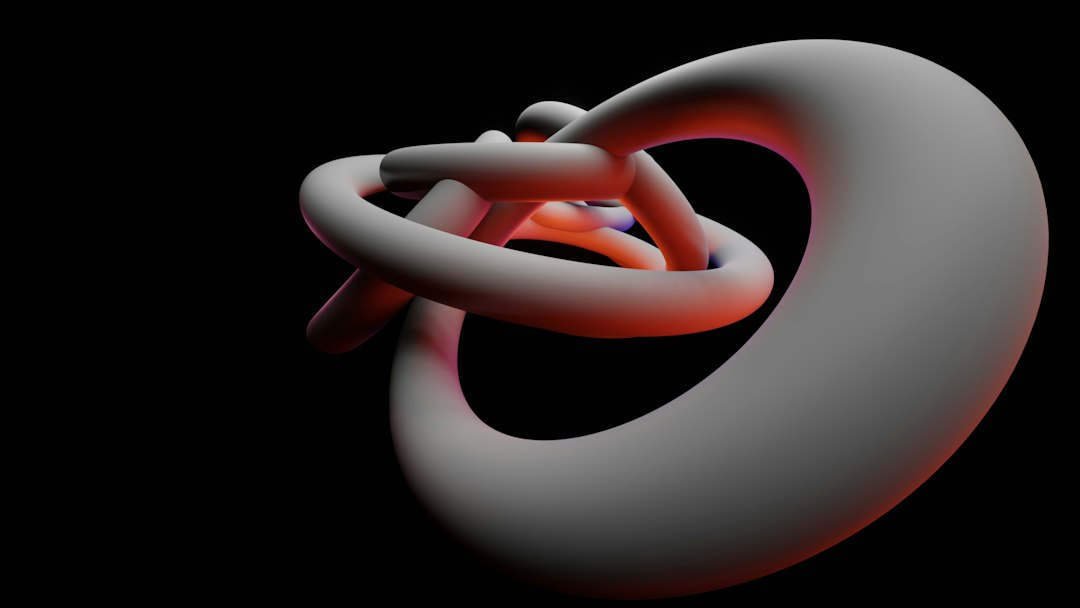Ethereum Layer 2 Network Scroll Launches zkEVM on Mainnet
Scroll, an Ethereum Layer 2 network, has announced the launch of its zkEVM on the mainnet. The bridge deployment began on October 8th, with over 750 ETH ($1.2 million) already bridged. The zkEVMs are built on Ethereum using zero-knowledge proofs for scalability and can support Ethereum applications at scale.
Testing Phase and Features
Scroll underwent a two-year testing phase and launched on the Ethereum Goerli testnet in February. It uses zero-knowledge proofs to compress computation off the base chain, providing enhanced throughput at reduced cost while maintaining Ethereum’s decentralization and security. During its most recent testnet, over 900,000 wallet addresses were created, generating more than six million transactions with over 100 projects deployed.
Ethereum Compatibility
Scroll took a technically challenging route by building its zkEVM to be bytecode-level Ethereum Virtual Machine-compatible. This allows developers to easily integrate their existing apps to the Layer 2 network. Polygon has taken a similar approach, while StarkWare and zkSync have different strategies.
Future Plans
Scroll plans to onboard infrastructure providers first, followed by developers and new users. Their focus is on improving user and developer experience to drive adoption of Layer 2 networks on Ethereum. The next milestones include introducing a decentralized prover network and decentralized sequencer to combat centralized elements currently controlled by project teams.
No Confirmation of Scroll Token Launch
There is no confirmation yet regarding the launch and distribution of a Scroll token.
Hot Take: Enhancing Scalability and User Experience with Scroll’s zkEVM
The launch of Scroll’s zkEVM on the Ethereum mainnet marks a significant milestone in improving scalability and user experience for Ethereum applications. By leveraging zero-knowledge proofs, Scroll offers enhanced throughput at reduced cost while maintaining the decentralization and security of the Ethereum network. With its compatibility with existing Ethereum applications, developers can easily integrate their apps into the Layer 2 network. As Scroll continues to onboard infrastructure providers, developers, and new users, we can expect to see increased adoption of Layer 2 networks on Ethereum, driving the growth of web3 applications in real-world use cases.





 By
By
 By
By
 By
By
 By
By

 By
By